The NDSS is administered by Diabetes Australia
- /
- Managing hypoglycaemia
When you have diabetes, you might get hypoglycaemia, or low blood glucose levels, called hypo for short.
Here’s what you need to know about hypos and how to manage them.
A hypo is when your blood glucose levels drop below 4 mmol/L.
Hypos can happen to anyone with diabetes who uses insulin. Hypos are common.
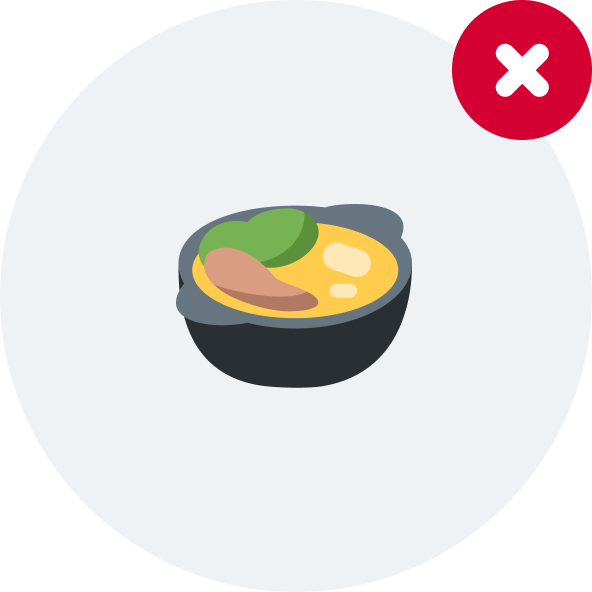
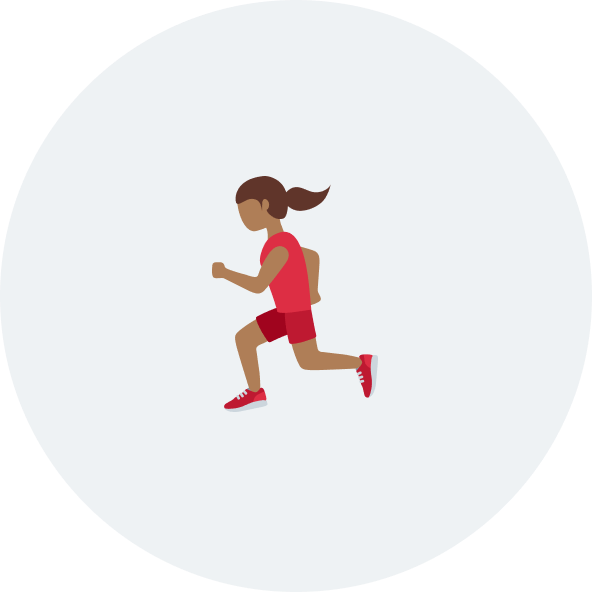
Taking more insulin than you need

Being unwell with vomiting and/or diarrhoea
Sometimes, there’s no obvious reason
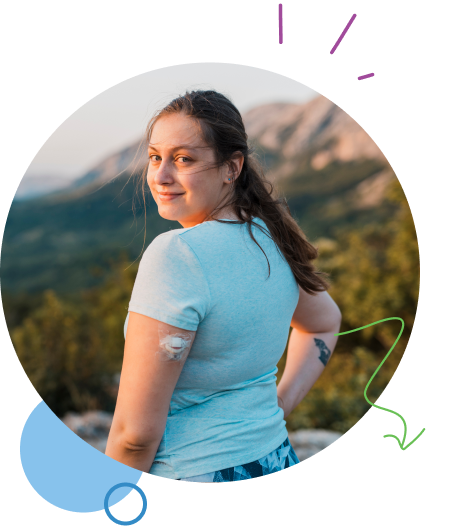
It’s important to treat a hypo quickly to stop your blood glucose levels from dropping even lower. If you don’t treat hypos, they can be dangerous. It’s something people with diabetes often worry about, so it’s good to know what to do.
Always carry a hypo treatment with you. Let your family, friends, and teachers know how to recognise and treat hypos.
Hypos can be mild, moderate, or severe. Knowing the different stages is important so you know how to treat them. And it’s important to tell others about the different stages of low blood glucose levels, as you may need their help.
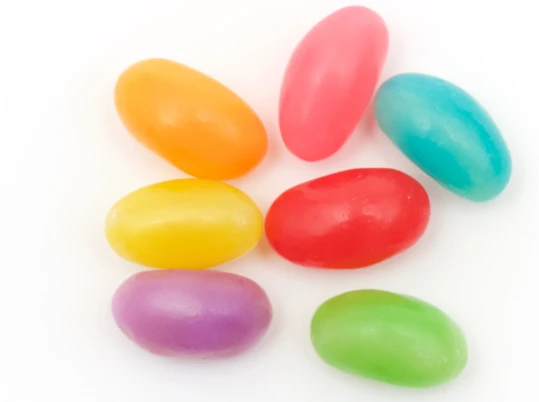
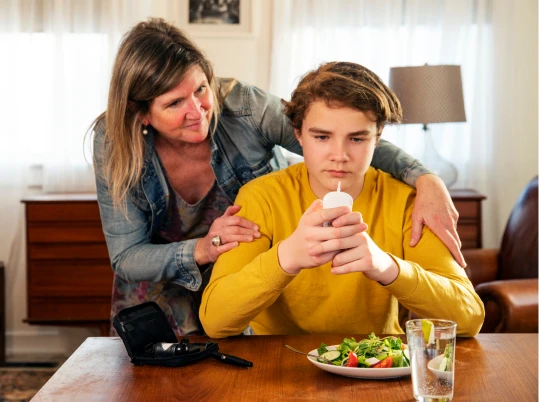
is when you’re still conscious but may not be thinking clearly. You can usually still self-treat your hypo and follow your hypo action plan.
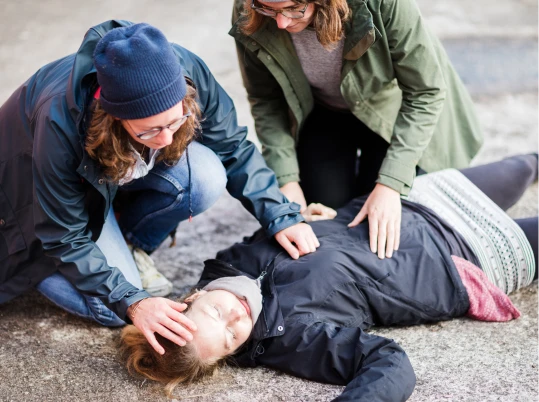
A hypo can feel different for everyone. Over time, you’ll learn how your body reacts to a hypo. It’s good to know the early symptoms so you can treat it quickly. Let others know about your symptoms so they can help if needed.


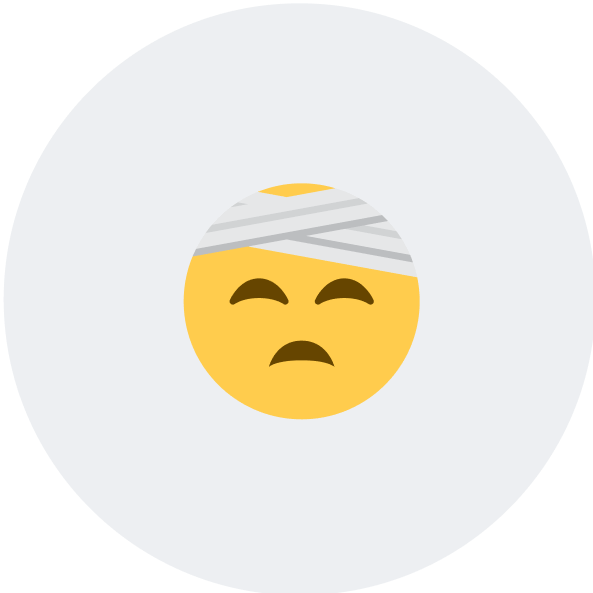




Having blurry vision

Check you’re in a safe place. If you’re doing something like riding a bike or playing sports, stop what you’re doing and find a safe spot.

Quickly eat or drink something with fast-acting carbs, like:

After 15 minutes, recheck your blood glucose level to make sure they’ve gone above 4 mmol/L. If they haven’t, repeat step 2 and check again after another 15 minutes.

If your next meal is more than 15-20 minutes away and your blood glucose level is above 4 mmol/L, eat something with longer-lasting carbs, like:
If hypos aren’t treated quickly, they can get worse, and your blood glucose level can get very low. If your blood glucose levels become too low, you may end up having a severe hypo.
It’s super important for your family and friends to know what to do if you have really low blood glucose levels (called a severe hypo) and become unconscious. They shouldn’t give you any food or drink since you won’t be able to swallow it.
They need to act fast to help you!
Lay you into the recovery position: Lay you on your side and check that your airway is clear.
Don't give you any food or drink.
Give you a glucagon injection if there's one available and someone knows how to use it. The glucagon injection is in a bright orange box.
Call 000 for an ambulance and wait with you until it arrives. It's recommended to call for an ambulance even if you’re no longer unconscious, have had a glucagon injection, and your blood glucose levels rise. If no one knows how to use the glucagon injection, the ambulance operator may tell the person on the phone how to use it.

Glucagon should be part of your hypo action plan.
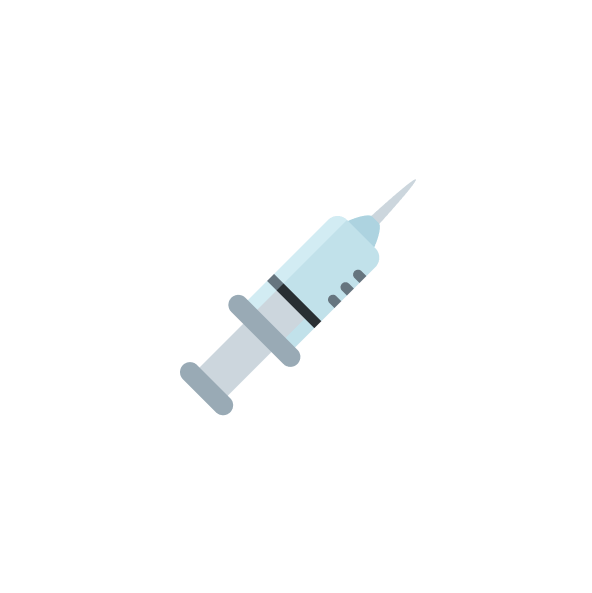
Always keep in-date glucagon injection at home and in your hypo kit.

It’s important for people close to you to know how to inject glucagon in case you’re drowsy or unconscious.
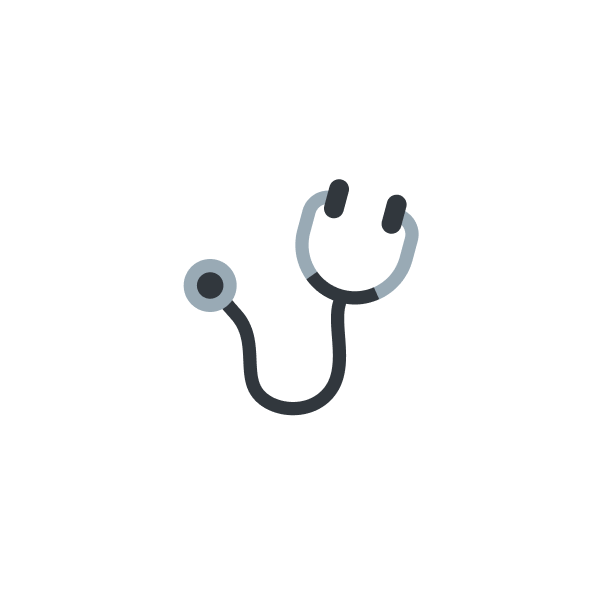
It’s important to talk to your diabetes health professionals. If you’re having hypos or some really bad ones, they can help you work through some changes.
It’s a smart idea to keep track of your hypos to see if there are any trends or patterns. This info can help your diabetes health professionals find the best management for your diabetes.

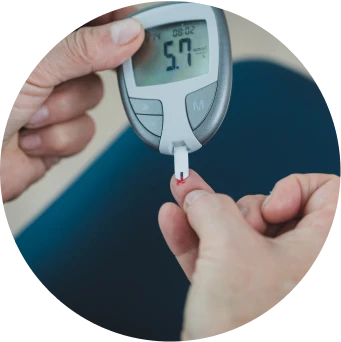
Always carry a hypo kit with you. Make sure your family, friends, school staff, and other people around you know how to recognise and treat hypos.

Find somewhere safe with others. Don’t ride a bike, climb a tree, or do anything dangerous if your blood glucose level is under 5 mmol/L. It’s important to keep yourself and others safe.
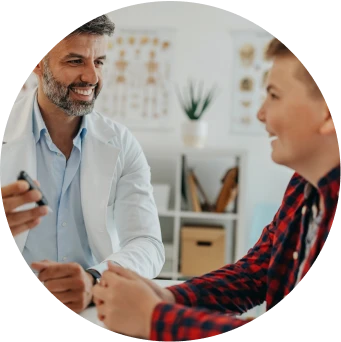
Talk to your doctor, diabetes nurse practitioner, or diabetes educator about how to treat, manage, and lower your chances of having hypos. They can give you personalised advice and support.
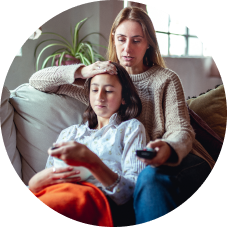
When you have diabetes, it’s smart to always be ready for a hypo. A hypo kit is a cool little bag or box filled with everything you need to treat a hypo super-fast. Remember to keep it stocked so you always have the supplies you need.
Let’s see what you should pack in your very own hypo kit.
These help raise your blood glucose level quickly. Pack 2 or 3 of these in your kit:
After treating a hypo, you might need a snack to keep your blood glucose steady. Here are some ideas:
This information is intended as a guide only. It should not replace individual medical advice. If you have any concerns about your health, or further questions, you should contact your health professional.
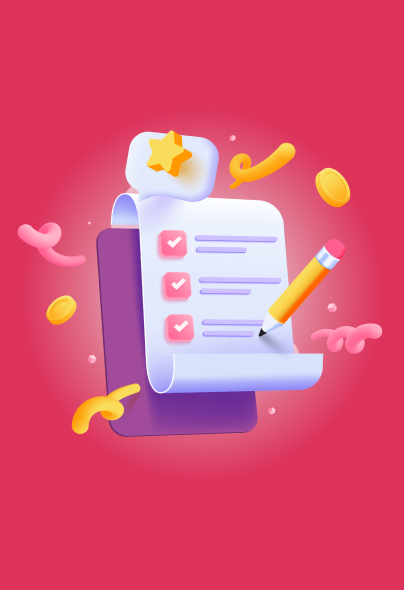

Time is Up!

Time's up